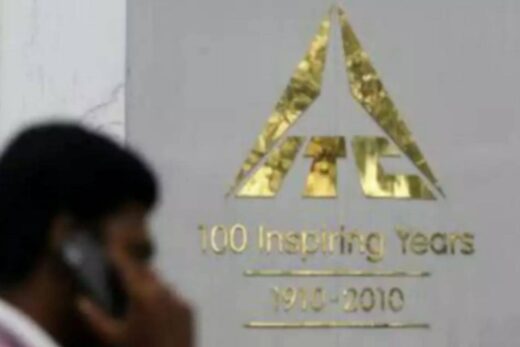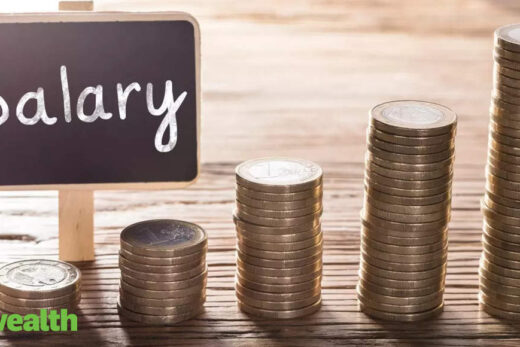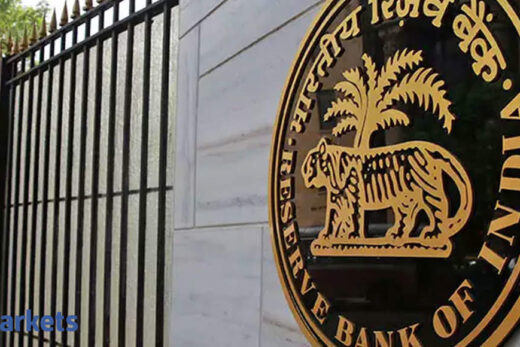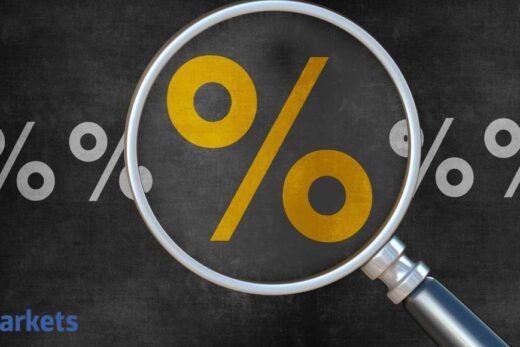One of the major contributors for the overall rise in inflation is the surge in commodity prices. Within commodities, rising crude oil prices has burdened oil importing countries including India. In July, India imported $12.89 billion worth of petroleum crude & products (POL). And, in the same month, POL accounted for a share of 27.7 percent of the total imports to the country.
In India, inflation rate, as measured by the Consumer Price Index (CPI), is used as RBI’s monetary policy anchor. Within CPI, fuel and light account for a share of 6.84 per cent. Though the share of fuel in the CPI basket is less than 10 per cent, crude prices have a huge impact on the overall inflation rate. Higher fuel prices have a ripple effect on other commodities. Crude oil is used as a raw material in various sectors, with petrol/diesel used in transportation of goods. When the cost of production goes up, it will be passed on to consumers.
In the current situation, higher prices for goods and services is an additional burden on both the consumers and producers. The Indian economy is still in a nascent stage of recovery. An economy in the recovery stage won’t be able to tolerate a higher inflation rate. Inflation rate in July has cooled off to 5.59 per cent, within the upper tolerance band of 6 per cent. However, we need to closely watch how inflation figures would turn out in the coming months. The fall in the overall inflation rate has been mainly contributed by the decline in food prices. Food inflation declined to 3.96 per cent YoY in July’21 from 5.15 per cent in June’21. Yet, during the same period, fuel and light inflation registered only a marginal decline to 12.4 per cent from 12.6 per cent.
At this juncture, both the central and state governments should consider ways to reduce the burden arising from increasing fuel prices. The RBI Governor has explicitly stated on many occasions the need for coordinated action between the Centre and states on tax reduction on fuel prices. Presently, the central government levies an excise duty of Rs 32.9 per litre on petrol while the VAT levied by state governments vary. A reduction in the excise duty and VAT could lead to an increase in disposable income in the hands of the common man. This, in turn, could improve consumer sentiments and prevent the heating up of the economy.
In India, controlling the inflation rate is not just the RBI’s job. The factors contributing to rising inflation in the country calls for a concerted effort from the central bank and Centre/state governments.



